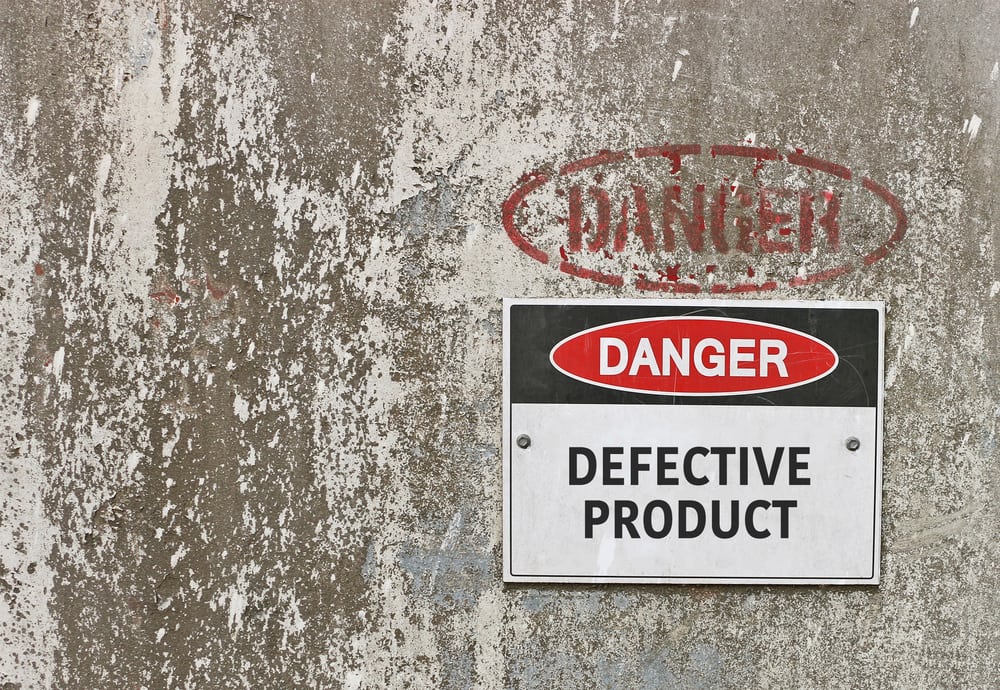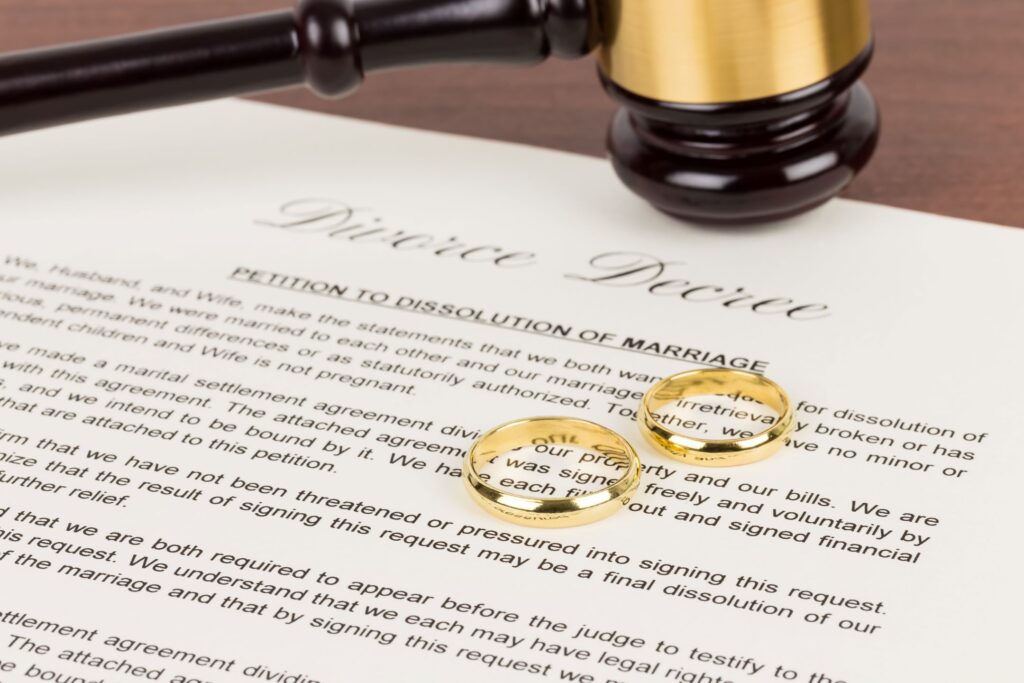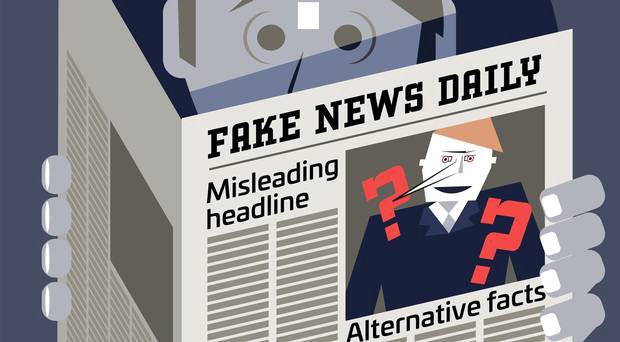Now Reading: When You Have a Case: How Can You Prove a Defective Product Liability Claim?
-
01
When You Have a Case: How Can You Prove a Defective Product Liability Claim?

When You Have a Case: How Can You Prove a Defective Product Liability Claim?
A defective liability product claim occurs when the person using a product suffers injuries or damages because of it. These injuries or damages may be minor or they may be life-altering, but they occurred because of the defective product.
To have a defective liability claim, you have to have certain elements in your situation that vary depending on the state. However, there are a few of these elements that are similar no matter where you go.
Here are the four main aspects that you need to prove a defective product liability claim.
How to Prove a Defective Product Liability
Proving a product is defective is one thing, but adding the liability factor into it takes it to a new level and allows you to file a claim for damages. However, the burden of proof is on you, and these are the main elements that you must prove in order to win your case:
- Because of the product, you were injured or suffered losses. There must be an injury or damage that inflicted monetary loss in order to pursue a product liability claim. If an accident occurred but there was no injury or damage, there is no claim.
- The product you used was defective. There are different ways a product can be defective, and you must be able to prove that yours was defective in one of these ways.
It could have been a manufacturing error in which there was a mistake during its creation causing the defect. It may have been that the product was designed in a way that made it inherently dangerous (for example, paint made out of lead). There is also the defective proof that the product had a dangerous aspect to it that users were not warned against, or the warnings were insufficient.
- Because of the defect in the product, you were injured. Your argument must show a strong correlation between the defective product and your injury. Other factors that may have been occurring during the time of your incident could have contributed to your injury, so you must be able to prove a straight line of causality from the defect to your damage.
This burden of proof is why it is so important to find a competent, knowledgeable product liability expert, like those at Stinson Law Group P.C., to represent your case for you.
- The fault is with the product, not with you. The defense may argue that their product was not defective; rather, you were using it incorrectly. You must show that you were using it as any regular person would have used it and as the manufacturer intended it to be used reasonably.
Were You Injured Due to a Defective Product?
Since each state has different protocols for handling defective product claims and the burden of proof rests on your shoulders, you should consult with an attorney before moving forward.
You only get one chance to prove your case, so be sure you find an expert lawyer to help you get the compensation you deserve for your injury.










